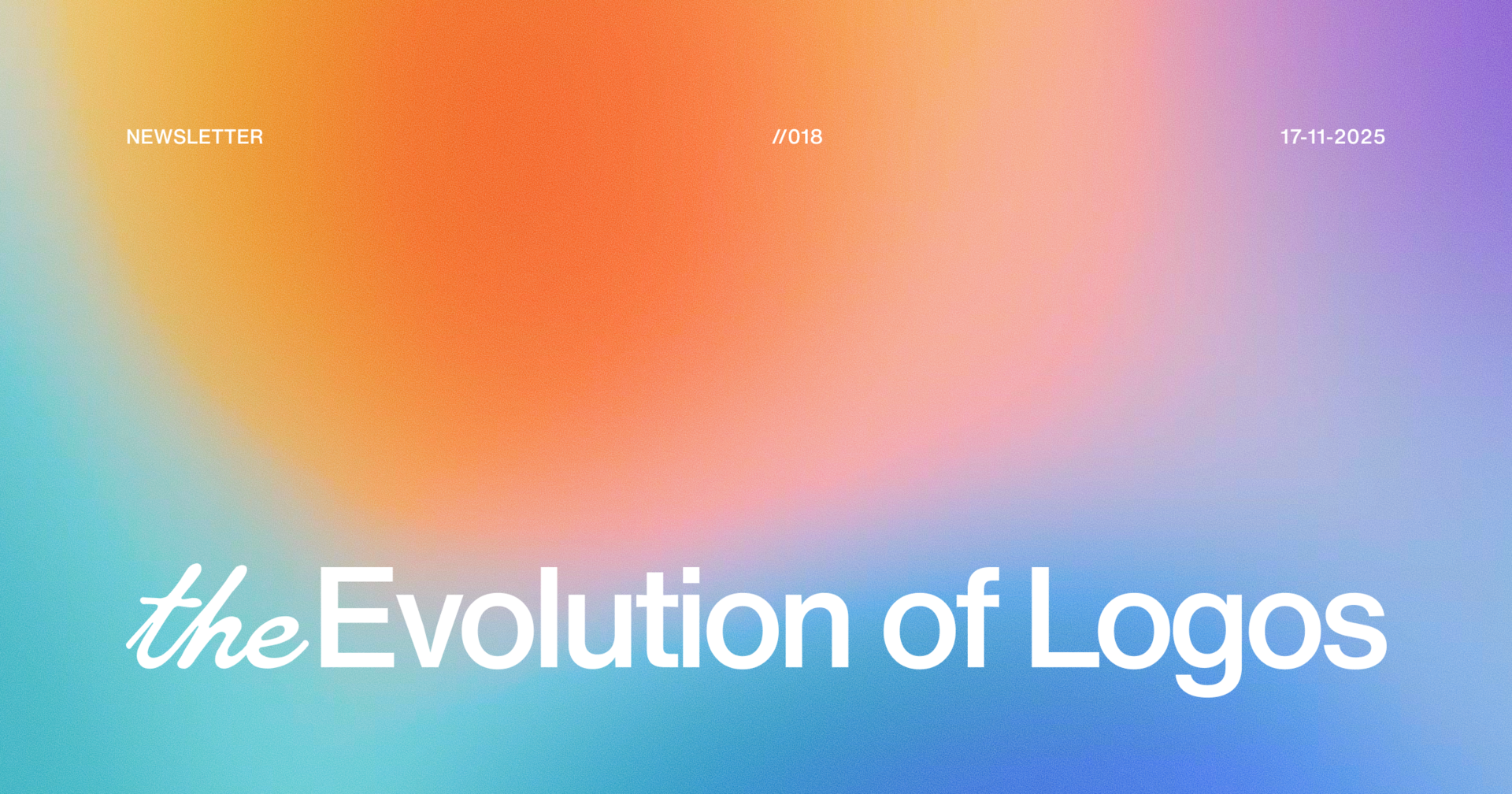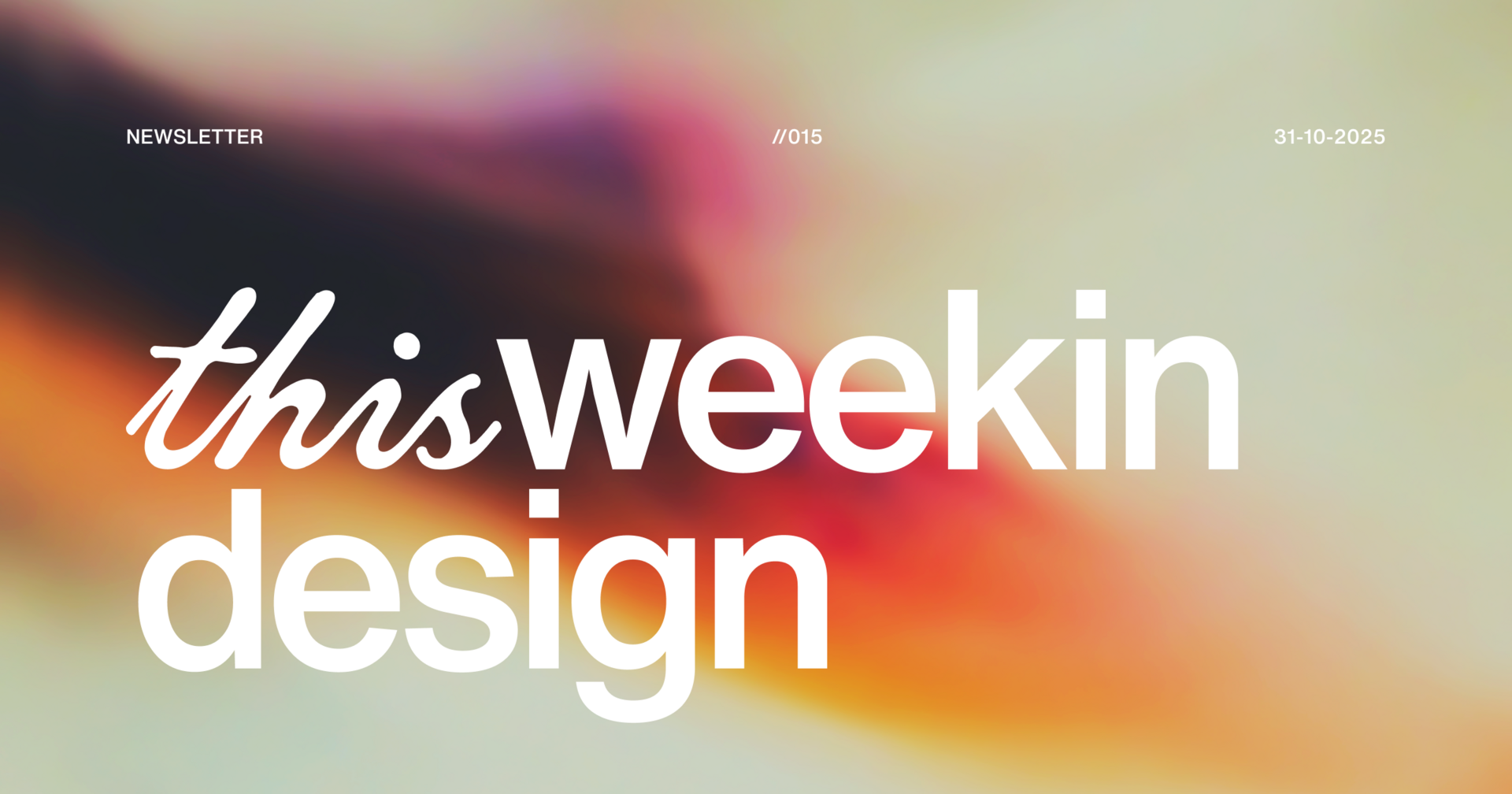1. What is Branding?
Branding is not just a logo, a color palette, or a font choice. Those are parts of branding, but they’re just the surface. True branding is the entire perception people have about your business. It’s how they feel when they hear your name, see your product, or interact with you.
Think of branding as the story you tell and the feeling people keep, every time they experience your business.
Coca-Cola isn’t just a drink. It’s a feeling of nostalgia and connection.
Each brand uses visuals, tone, and experiences to shape that perception, but the heart of branding is emotional connection. Why? Because people don’t just buy products. They buy stories they connect with. When done right, branding builds trust, loyalty, and a reason for customers to choose you over anyone else, even if your competitor is cheaper.
"A brand is a person’s feeling about a product, service, or organization." — Marty Neumeier
2. Branding Mistakes to Avoid
Even good products can fail if the brand behind them sends the wrong signals. Here are some of the most common mistakes businesses make and how to avoid them.
1. Choosing Aesthetics Over Strategy
It’s tempting to jump straight into making things look pretty. But a beautiful logo without a story, personality, or purpose is just decoration. Great branding starts with strategy. who you are, what you stand for, and why people should care.
2. No Brand Guidelines
If your social media, website, and packaging look like they were made by five different people, you’re not building consistency, you’re building confusion. Brand guidelines keep your logo, colors, typography, and tone aligned everywhere.
3. Confusing Your Audience
Your packaging says one thing. Instagram says another. Your website says something else entirely. Mixed messages create doubt. A clear, consistent message creates trust. Branding is not just what you show, it’s what people remember. And people remember what’s consistent.
3. Why Branding important
Branding is more than a marketing exercise, it’s the foundation of your business identity. A strong brand does three powerful things:
1. Builds Trust
When your branding is consistent, professional, and clear, people instantly feel they can rely on you. First impressions matter, and branding shapes them.
2. Creates Emotional Connection
People buy with emotions first, logic second. If your brand makes them feel understood, inspired, or excited, you’ve already won half the battle.
3. Differentiates You in a Crowded Market
In almost every industry, someone else sells what you sell. Branding is what makes customers choose you over a cheaper or more convenient option.
4. Drives Loyalty and Word of Mouth
A product might bring someone in once. A brand makes them come back and tell others about you. Branding isn’t an extra step in business. It’s the reason customers notice you, trust you, and remember you.
4. Branding Process – A Roadmap for Building a Brand That Lasts
01 → Start with Strategy
Everything begins with clarity. Strategy sets the foundation for your visuals, messaging, and growth.
Brand Story → How you started, why you exist, and who you serve.
Brand Vision → Where you want to be in 5–10 years.
Brand Values → The 3–5 principles that guide your every decision.
Brand Position → The unique space you own in the market.
Brand Purpose → The mission that drives you beyond making money.
Brand Voice → Your brand language.
Brand Experience → How people feel every time they interact with you.
Brand Architecture → How your products/services connect in a clear structure.
02 → Creative Direction
Creative direction is the bridge between brand strategy and visual execution. It’s where ideas turn into experiences, and strategy turns into something people can actually see, touch, and feel. Think of it as world-building for your brand. It’s not just about: Picking nice colors, Choosing trendy fonts, Making a pretty logo.
It’s about shaping a consistent, memorable universe where every detail tells the same story whether it’s your Instagram post, your packaging, or the way your website scrolls.
The Role of Creative Direction
Translating Strategy Into Visuals
Your strategy says "we’re bold and innovative," your creative direction decides if that’s expressed through strong typography, unconventional layouts, or vibrant photography.
Shaping the Brand Mood
Every image, tone, and design choice contributes to the feeling your brand gives. Is it warm and approachable? Sleek and luxurious? Playful and fresh?
Maintaining Cohesion Across Touchpoints
The website you click, the packaging you hold, the ad you scroll past, all should feel like they came from the same place.
Elements Creative Direction Covers
Visual Language → Colors, typography, photography, iconography, patterns.
Verbal Language → Tone of voice, messaging style, storytelling approach.
Interaction Design → How users experience your brand online and offline.
Sensory Details → The textures, sounds, and even scents tied to your brand (especially in physical products).
Creative direction doesn’t just decorate, it orchestrates. It ensures that no matter how your brand shows up, it feels like you.
03 → Logo Design
The logo is the most recognizable part of your brand, your signature in the market. But it’s not just about looking cool; it’s about creating a symbol that communicates who you are.

Process:
Research & Discovery → Understand your market, audience, and competitors.
Concept Development → Sketch multiple ideas based on your brand strategy.
Refinement → Narrow down to 2–3 strong concepts and refine details like proportions, balance, and symbolism.
Versatility Testing → Ensure it works in color, black-and-white, small sizes, large formats, and digital/print applications.
Finalization → Deliver in multiple formats (SVG, PNG, JPEG, PDF) with variations (primary, secondary, icon-only).
04 → Design the Identity
This is the full visual language of your brand — what makes all your materials instantly recognizable.

Elements Include:
Color Palette → Primary, secondary, and accent colors with usage rules.
Typography → Heading, body, and accent fonts, plus digital/print guidelines.
Imagery Style → Photography tone, illustration style, and graphics treatment.
Iconography → Consistent style for icons across web and print.
Patterns & Textures → Supporting elements for packaging, backgrounds, or marketing.
05 → Create the Assets
These are the tools you’ll actually use in marketing, packaging, and communication, designed to be on-brand every time.
Examples:
Business cards & stationery
Social media templates
Website UI elements
Presentation decks
Marketing collateral (flyers, brochures)
Product packaging designs
→ Website
Your website is your digital headquarters, often the first major interaction a customer has with your brand. It should look beautiful, work flawlessly, and speak your brand language.
Process:
Structure & Wireframes → Map the site flow for a smooth user experience.
Visual Design → Apply your brand identity to the layout, colors, and typography.
Content Integration → Align messaging, imagery, and calls-to-action with your brand voice.
Development & Testing → Build a responsive, fast, and mobile-friendly site.
Launch & Maintenance → Keep it updated, consistent, and evolving as your brand grows.
5. Consistency – The Glue That Holds Brands Together
You can have the best logo, the sharpest website, and the most beautiful packaging but if your brand feels different every time someone sees it, you lose trust.
Consistency is what makes your brand memorable.
When your colors, typography, tone of voice, and imagery stay aligned across every touchpoint, people start to recognize you instantly — even without seeing your logo.
Think of it like this:
Same tone in emails, Instagram captions, and ad copy.
Same visual style on your website, product packaging, and social media posts.
Same brand feeling whether someone visits your store, scrolls your feed, or opens your newsletter.
Why it matters:
Consistency builds trust → Customers feel you’re reliable.
Consistency creates recognition → People spot you in a crowded market.
Consistency drives loyalty → They know exactly what to expect from you.
Branding isn’t a one-day project.
It’s a system you protect, nurture, and repeat, until it becomes second nature to your team and your customers.






